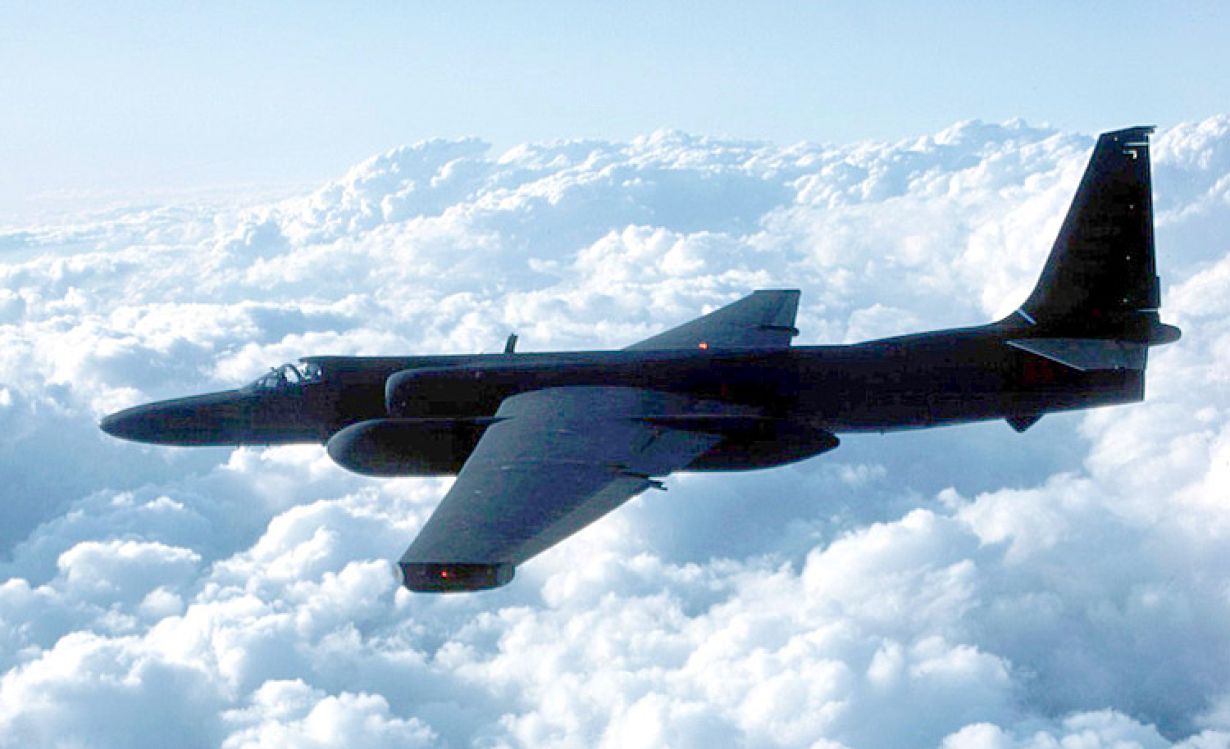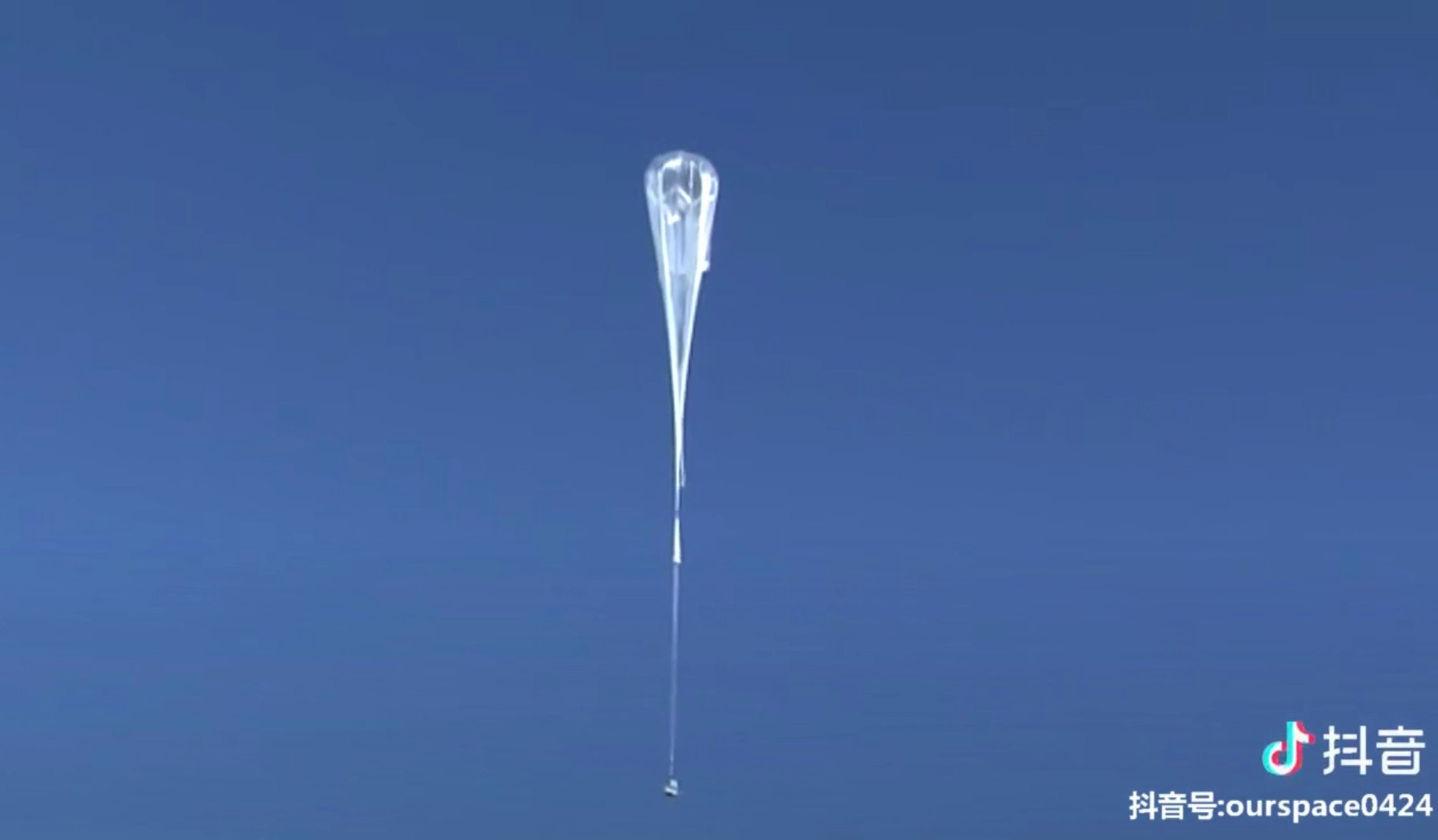The USAF spy plane era came to a violent end on May 1, 1960, when a U-2 spy plane operating from Pakistan Air Base, Badaber, near Peshawar, was shot down by a SAM-2 Missile while flying over USSR on a recce mission.
Surprisingly, pilot Major Gary Powers survived the SAM hit, left the aircraft, and parachuted safely. He was arrested and later freed in a prisoner swap between the US and the USSR.
Background
The US and then USSR extensively used high-altitude strategic photo recce during the Cold War era. SR-71 of the USAF and MiG-25 of the USSR were flying machines at least five decades ahead of their time when these magnificent planes were streaking across skies unchallenged at speeds nearing Mach 3 and at altitudes of nearly 60,000 feet.
However, before the era of trisonics began, an unwieldy-looking aircraft named U-2 of the USAF was giving sleepless nights to Kremlin. It could fly over USSR during broad daylight at altitudes of nearly 70,000 feet undisputedly.
The U-2 era came to a close for the reasons mentioned above. Both trisonics have found their way into museums. Although, USAF might likely pull out SR-71 from retirement if needed.
Other than the US and then USSR, the only country which could claim to have operational trisonic was India. MiG-25, christened Foxbat by the West, streaked across Indian skies for nearly two decades flown by IAF.
But the era of high altitude strategic recce did not end with trisonics in a museum. A much simpler and cheaper unmanned vehicle in the form of balloons, equipped with suitable sensors, which could float at over 60,000 feet, provided a viable alternative. The most recent Chinese balloon over the USA and its subsequent shooting down is an unfolding scenario.
One of the most fundamental issues in the case of a Chinese balloon is whether it was a weather balloon, as claimed by China, or surveillance equipment carrying a balloon. Will the debris recovered by the US prove otherwise?
The exact answers to these fundamental questions will/may remain shrouded in a cloak of secrecy. Indeed if the debris recovered by the US confirms that the equipment on the balloon could be used for intelligence gathering/espionage, the revival of the U-2 era might begin nearly 63 years after U-2 flights for espionage over the then USSR stopped.

Facts
Before proceeding any further and considering whether the balloon was carrying harmless weather scanning equipment or did it carry surveillance/photo equipment, facts as are known must be looked into:
- The balloon entered the US airspace over Alaska around January 28. It was first spotted when it entered the US Air Defense Zone north of the Aleutian island. It was then tracked and spotted moving over Alaska and continued to travel toward northwest territories in Canadian airspace. It altered track and crossed into the US territory over northern Idaho. The balloon continued its journey, monitored by the US Air Defense network. Its journey toward Montana, which has a major ICBM silos network and prominent USAF base Malmstrom, raised the alarm. China continued to assert that it was a weather balloon gone off course.
- China’s assertion that it was a weather balloon gone astray does not stand the scrutiny. China should have known that during prevailing winter months powerful westerly jet stream appears over the Pacific, which might cause the high-altitude balloon flying around 60,000 feet to drift towards US territory.
- Initial preliminary conclusions made by the US suggest that the balloon was/could be used for surveillance, keeping in view the track record.
Operational/Technological Advances
China has been highly proactive in developing high-altitude balloons with advanced sensors. An article in the leading newspaper of the Chinese military, the Liberation Army Daily, had enunciated that balloons in the upper atmosphere could become an extremely formidable yet cheap military surveillance option.
Pentagon spokesperson has already stated that the balloon was maneuverable since it could alter course and fly over sensitive US military installations. He added that the balloon was carrying sensors and surveillance equipment. However, he could not offer conclusive evidence for his assumptions.
Chinese And US Response
Chinese have adopted an essential national trait. In any event/action/opinion in the international arena detrimental to Beijing’s interest, nearly the entire Chinese population takes to the internet and condemns anti-Beijing assertions.
Few Chinese have questioned the credibility of the ‘famed’ centralized US Air Defense network. China continues to maintain that it was a weather balloon gone astray due to strong westerlies and limited self-steering capability.
However, US military spokespersons have considered the entry of Chinese balloons into US territory and flying over strategic locations as a hostile act. It is in this context that USA decided to shoot down the balloon.
Recovery of debris from the equipment carried on the balloon might open the proverbial can of worms if the US finds conclusive evidence that surveillance and monitoring equipment was indeed part of the equipment carried by the balloon.
China’s high-altitude balloons are being developed at the Aerospace Information Research Institute (AIRI), which is part of the Chinese Academy of Sciences (CAS). A successful trial of the balloon, which could reach altitudes of nearly one lakh feet with a load of up to 1.2 tons, has already been done recently.
High Altitude Surveillance (HAS)
HAS missions are critical military missions. Currently, such surveillance is being resorted to by all nations capable of launching a satellite in the Low Earth Orbit (LEO).
But the best satellite photo imagery is no substitute for relatively low altitude photo recce. China has developed high-altitude balloons with suitable sensors to carry out surveillance over its borders with neighbors, India in particular.
Operational Utilization
Balloons provide an extremely cheap alternative that could be used to activate enemy air defense systems. Successful eavesdropping can be done during such activation using electronic recce systems and recording operational frequencies. Information of such data will/may be used for jamming these AD weapons during a strike mission.
Suitably equipped balloons with ECM/ECCM sensors and emitters can be used to protect manned strike missions on heavily defended targets.
Repercussions Of Chinese Balloon Over The US
One of the most prominent aftereffects of the Chinese balloon overflying the US mainland for nearly a week is perhaps a total lack of timely and paralysis in decision-making because of complex and centrally controlled Air Defense Networks, wherein decision for offensive action has to come from the highest office; in this case from the White House.

The US claim that they waited for the balloon to drift over the Atlantic before shooting down so that no damage to property/life on the ground is laughable.
One does not wait to shoot down an enemy flying machine until it reaches the so-called safe zone. One shoots the flying machine when it is established that the device is performing an offensive act. The balloon flying over Montana ICBM silos was not there for display.
Suppose the balloon was carrying sensors and emitters, as claimed by the US. In that case, it could have transmitted operationally vital information to China about the location (by way of ICBM Silo coordinates) and effectiveness of the centralized Air Defense Network of USAF.
Decentralized Air Defense networks are an operational necessity, as we have in IAF. For the record, during the 9/11 strike by terrorists in the US, it took the USAF AD network 23 minutes to scramble the first pair of fighters after the then VPOTUS Dick Cheney gave the orders.
On the contrary, IAF shot down intruding PAF Atlantique in 4 minutes 31 seconds. There is a lesson for Indian ignoramuses who blindly want to create a centralized Air Defense Command.
- Gp Cpt TP Srivastava (Retd) is an ex-NDA who flew MiG-21 and 29. He is a qualified flying instructor. He commanded the MiG-21 squadron. He is a directing staff at DSSC Wellington and chief instructor at the College of Air Warfare. VIEWS PERSONAL
- Follow EurAsian Times on Google News




